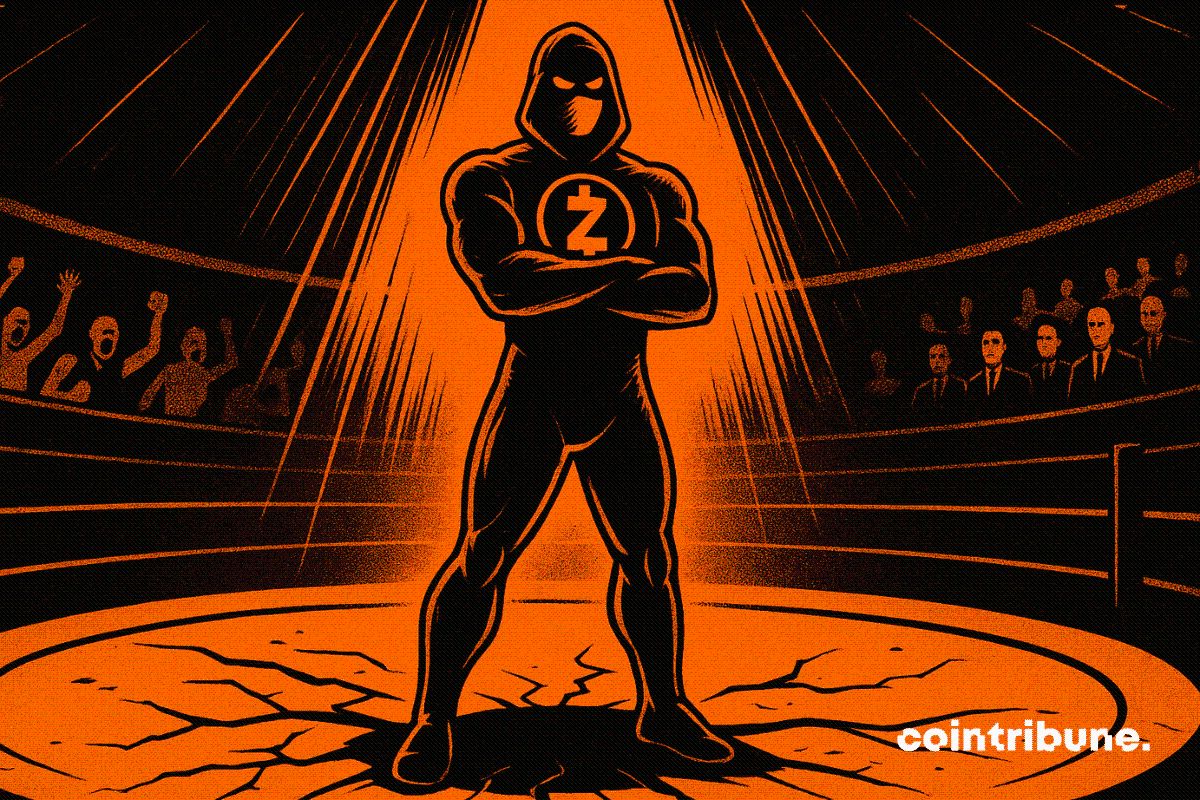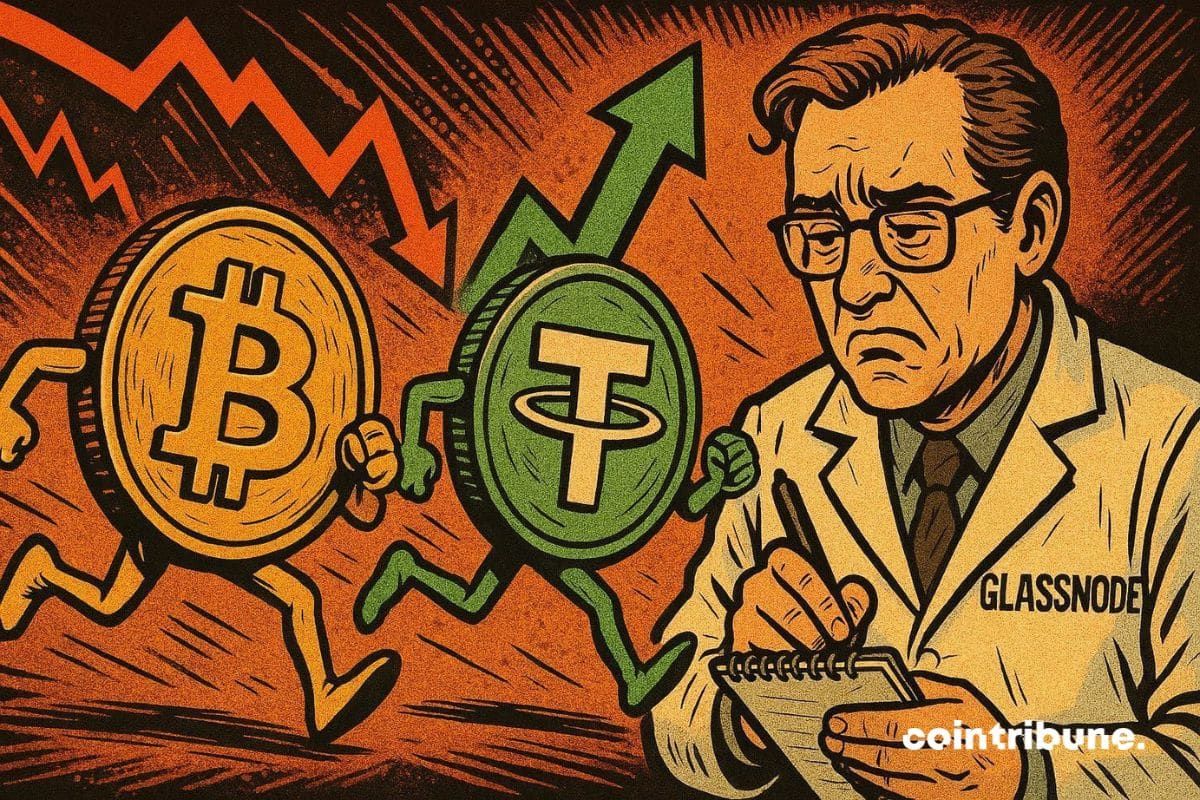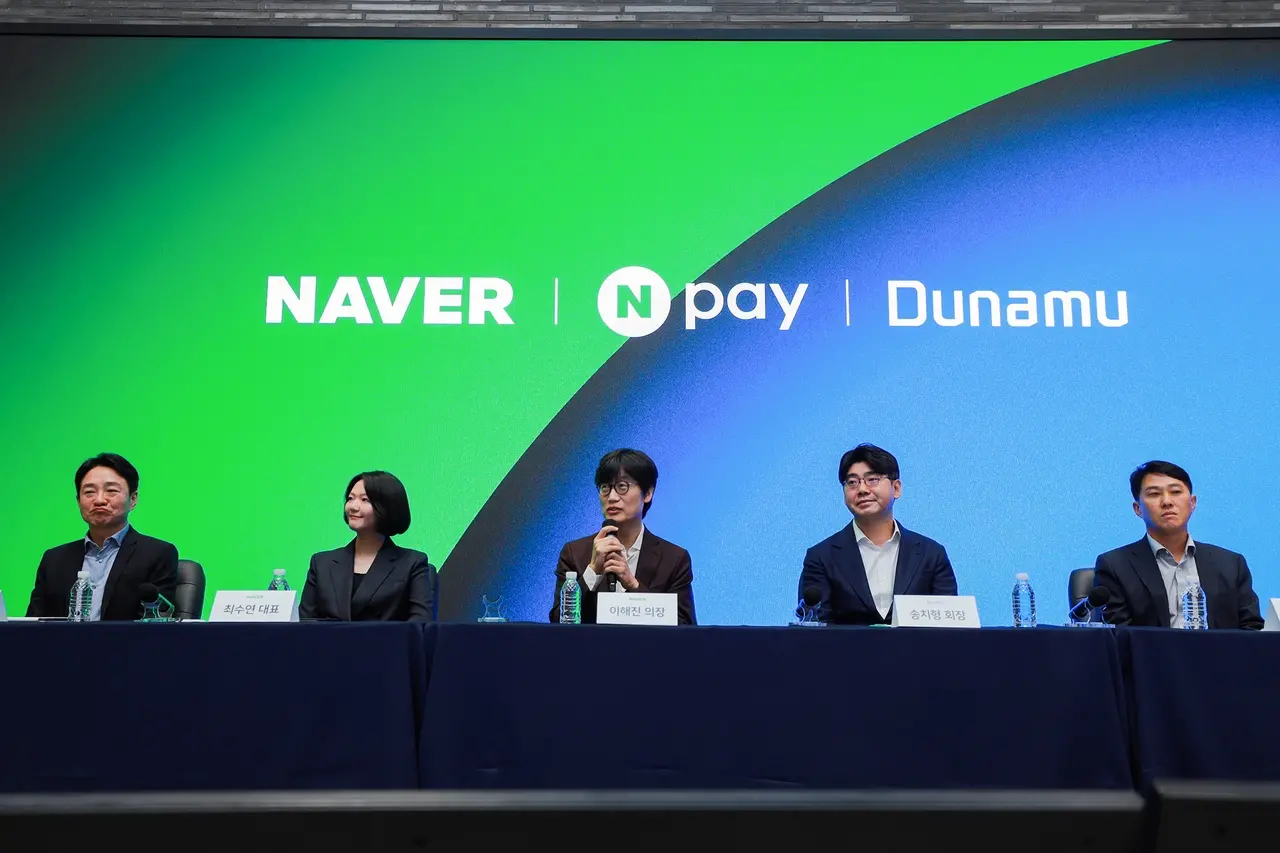You may have misunderstood JESSE; this is an attempt to bring revenue to the Base chain.
Chainfeeds Guide:
Content coins may be an effective strategy to drive Rollup chain revenue, but their model of combining creator sponsorship with speculative trading, while increasing trading volume, may not truly balance the long-term interests of creators and supporters, ultimately making blockchains and trading platforms the biggest beneficiaries.
Source:
Author:
Auditless Research
Opinion:
Auditless Research: Content coins might be the only way to get creators excited about Rollups. But keep in mind, the house always wins. Crypto Twitter's reaction to the launch of $JESSE was not friendly, and others pointed out several issues: Bad timing: The launch coincided with David Phelps' article, in which he complained that Base was too focused on creator tokens; Extraction issue: Some believe $JESSE took a large cut of transaction fees from sales; Sniping issue: Because $JESSE used the Zora x Doppler bonding curve auction mechanism, it unexpectedly attracted snipers. But I don't agree with these concerns. The timing was indeed a bit unfortunate, but I suspect Jesse had long planned the launch and chose his birthday as a special milestone. The extraction issue doesn't hold water either. During his birthday livestream, he was able to reinvest the fees into other creators on Base. He also claimed he did not intend to sell these tokens. If not out of malice, then why would Jesse do this? Most of the Rollup's (aggregated chain's) sequencer revenue comes from transaction fees. So far, Base has earned more revenue from meme coin trading than from any other activity. The issuance of new tokens and the resulting speculative trading volume are key drivers of transaction fees. It's likely that Base is spending more than ever on core teams, funding, events, proprietary apps (like Base App), and support for founders. But these expenses have not significantly increased Base's contribution as a Rollup to Coinbase's financial statements. Creator tokens and content coins are a very clever solution to this problem: their issuance even exceeds that of meme coins (token issuance is the main battleground for Rollups); they can stimulate trading and speculation; they are built by converting attention into on-chain fees, and anything that can go viral can almost always be tied to a content coin; compared to meme coins, they don't even need any underlying economic activity, community support, or commitments. The flywheel logic of creator tokens is simple: if you publish content, a content coin is generated, and you own 1% of its supply. Each content coin can only be purchased through your creator token. If you issue a creator token, you will hold 50% of its supply (gradually unlocked). Demand for content coins naturally drives demand for creator tokens. This mechanism incentivizes you to create quality content while benefiting from holding creator tokens and transaction fees. However, creators cannot directly receive subscription fees unless they sell their own creator tokens. So, even if your costs are paid in the form of subscription revenue, not all costs will effectively be transferred to the creators you support unless they cash out and leave. In addition, content coins also have attributes similar to fan collectibles. As the artist's popularity increases, the rewards they can offer to subscribers become more valuable. Therefore, content coins carry a speculative element. Even if you don't care about supporting the artist or receiving rewards, you might buy content coins simply to speculate on the potential future value of the rewards (whether material or non-material). This is similar to buying a first edition CD from your favorite artist, which you might resell at a higher price in the future.
Source of ContentDisclaimer: The content of this article solely reflects the author's opinion and does not represent the platform in any capacity. This article is not intended to serve as a reference for making investment decisions.
You may also like
The $345 Billion Blackrock Question: How Blockchain Security Economics Are Reshaping Digital Trust

Bitcoin shows a strong negative correlation with USDT, according to Glassnode

Forbes 2026 Crypto Trend Forecast: Where Will the Market Go After Volatility Decreases?
The stablecoin frenzy, the financialization of bitcoin, and cross-border capital flows are accelerating the restructuring of the industry.

Once the most lucrative application, is it now completely abandoned?


